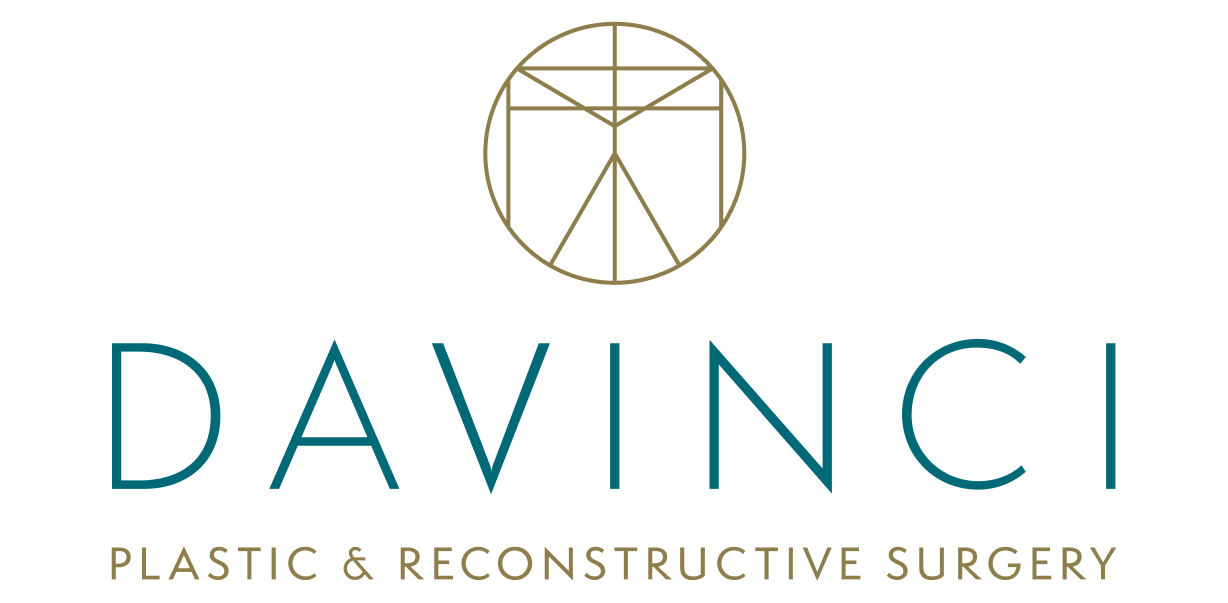Blog
Posted September 26, 2017 in Beautiful Skin Complexion, Cancer, Lesions and moles, SkinCancer - Malanoma
Taking care of your skin is crucial for effective healing after sun exposure and after surgery success. Summer months mean that skin damage from sun exposure is at its height. As summer comes to a close, it’s time to check your skin because detecting melanoma as early as possible makes it treatable. It is the […]
Read More
Posted May 17, 2017 in Age Reversing, age reversing injectable lifts, AntiAging, Beautiful Skin Complexion, Board Certification, Body Cosmetic Surgery
Summer is on its way and people will get more exposure to the suns rays than any other time of year. We’ve all heard the word of caution about too much sun causing skin cancer, but specifically it’s the Ultraviolet (UV) light exposure that is overwhelmingly the most frequent cause of skin cancer. Since May […]
Read More
Posted June 14, 2016 in Age Reversing, age reversing injectable lifts, AntiAging, Beautiful Skin Complexion, Board Certification, Body Cosmetic Surgery
Since I recently talked about skin cancer, I thought I should elaborate on the topic a little more, especially prevention. There are a lot of myths and misunderstandings about the sun and sunscreen. 20 Minutes When I recommend people to limit sun exposure, I don’t mean to completely avoid it. I recommend protecting yourself from […]
Read More
Posted May 30, 2016 in Age Reversing, age reversing injectable lifts, AntiAging, Beautiful Skin Complexion, Body Cosmetic Surgery
Summer is on its way and people will get more exposure to the suns’ rays than any other time of year. We’ve all heard the word of caution about too much sun causing skin cancer, but specifically it’s the Ultraviolet (UV) light exposure that is overwhelmingly the most frequent cause of skin cancer. Since May […]
Read More
Posted June 20, 2012 in AntiAging, Cancer, Skin Care
By now you’re fully aware of all the effects the sun has on our skin. I’ve written a couple blogs on skin cancer and also summer sun protection. (see previous blogs) It is possible to have healthy, beautiful skin all the time…and skin cancer can be avoided if correct protective measures are faithfully used. That […]
Read More
Posted May 17, 2012 in Cancer, SkinCancer - Malanoma
SCREENING & PROTECTION INFORMATION from Dr. Steven Davison Here are a few more tips on Melanoma…since May is National Skin Cancer awareness month. See my last blog for detailed information on the three types of skin cancer and most critically… melanoma skin cancer. SCREENING: Melanoma can be deadly but is treatable with immediate diagnosis and […]
Read More
Posted May 03, 2012 in Cancer, SkinCancer - Malanoma
May is National Melanoma/Skin Cancer Detection/Prevention Month…Early Detection Increases Chances for Survival One in every five Americans will develop skin cancer during their lifetime and every hour…one person in America dies from skin cancer. Melanoma is the most deadly form of skin cancer and it is preventable/treatable. May has been designated as National Skin Cancer […]
Read More







